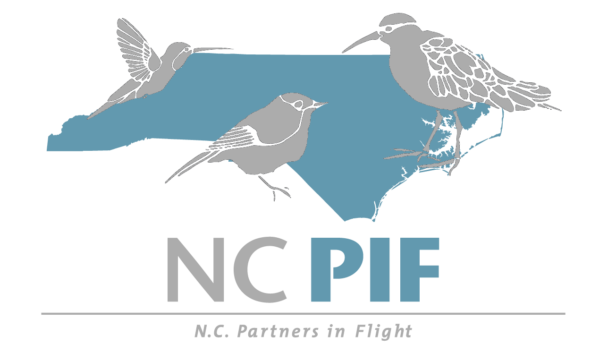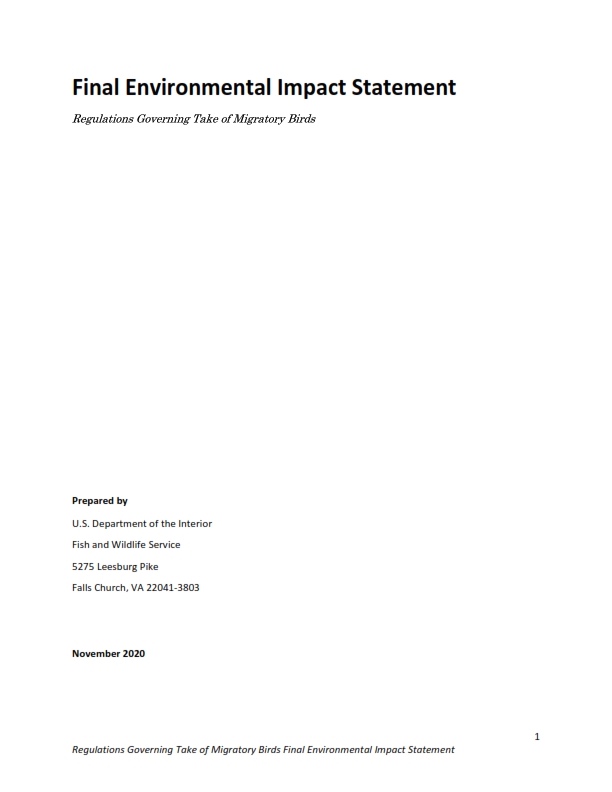The incredible geography traversed by migratory birds astounds. Even a medium-distance migrant like the Prothonotary warbler travels 1,500-2,500 miles, covering multiple countries and two continents. When migratory bird populations were precipitously declining in the early 1900s due to persecution, national leaders recognized that conservation efforts in one country alone would not be adequate to stem the bird loss. It would take a multi-national effort, and the US, Japan, Canada, Mexico, and Russia stepped up to the challenge, resulting in multiple Migratory Bird Treaties, and in the US, the 1918 Migratory Bird Treaty Act (MBTA – 16 USC 703).
In the past 4 years, controversy has erupted over the interpretation of this landmark legislation, specifically whether “incidental take” of birds covered by the law represents a violation of the MBTA. It is a complicated history of legal opinions, administrative procedures, and at least one lawsuit, resulting in the recent release of an Environmental Impact Statement issued by the US Fish and Wildlife Service (Service).
“Take” is defined as “to pursue, hunt, shoot, wound, kill, trap, capture, collect, or attempt to hunt, shoot, wound, kill, trap, capture, or collect”
50 CFR 10.12
In December 2017, M-Opinion 37050 issued by the Solicitor General of the US Department of the Interior asserted MBTA protection does not prohibit incidental take. Additionally, the previous interpretation disallowing incidental take outlined in M-Opinion 37041 was suspended. Following the NEPA process, the Service submitted a draft EIS on May 22, 2020 as a step to codify the intent of M-37050, with 5,869 comments received by the Jun 5 closing date.
This final EIS was developed “to provide an official regulatory definition of the scope of the statute as it relates to incidental take of migratory birds”. The final EIS proposes to codify the preferred alternative – “Promulgate a regulation that defines the scope of the MBTA to exclude incidental take”. The Service will maintain the Final EIS for public inspection through Dec 28, 2020, then issue the final rule. More information is available at the Service’s MBTA page.
Note that while there is a section addressing public comments, it is not bookmarked in the pdf and found under section 4.4.
Other Links
- DOI M-Opinion 37041 – asserting incidental take is covered by the MBTA (Jan 17, 2017)
- DOI M-Opinion 37050 – asserting incidental take is not covered by the MBTA (Dec 22, 2017)
- Public Comments to Draft EIS (Comments from Canadian Government) (Jun 5, 2020)
- MBTA Ruling in the US Southern District Court vacating M-Opinion 37050 (Aug 11, 2020)
- Final EIS Released (Nov , 2020)
- List of Birds Covered by the MBTA


